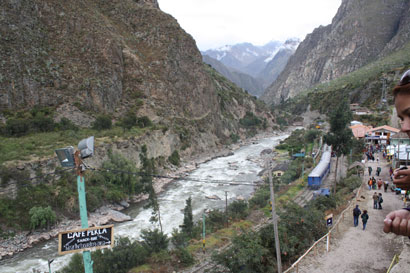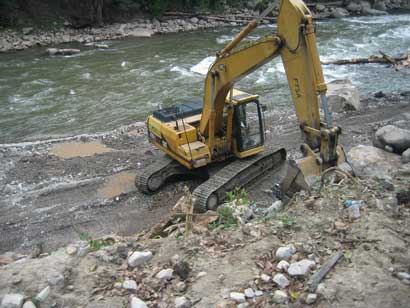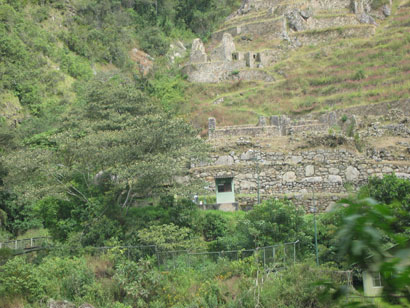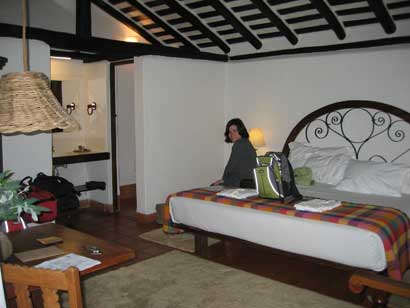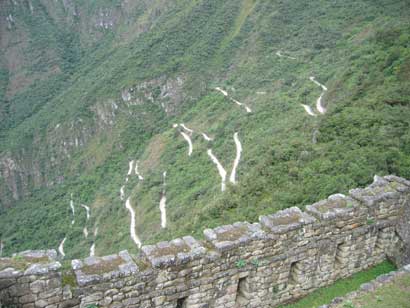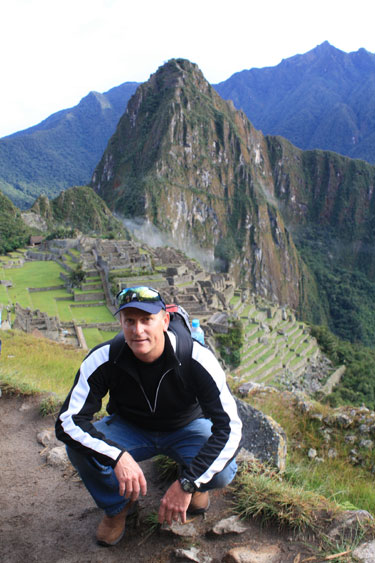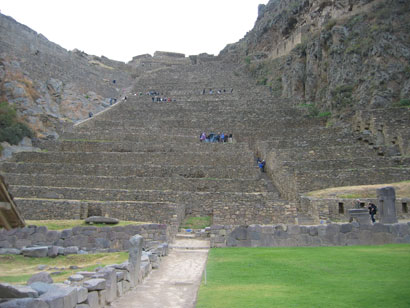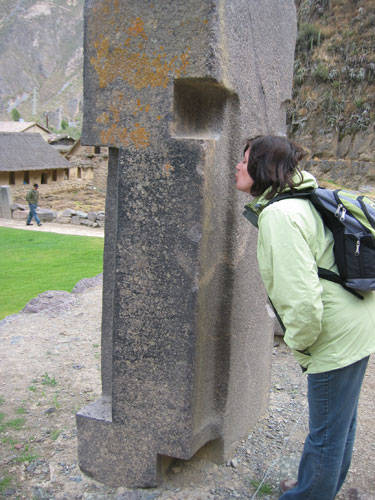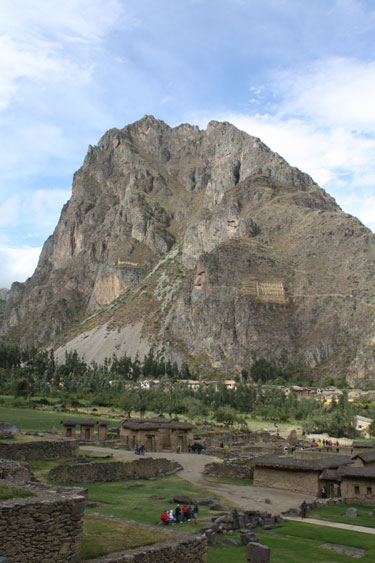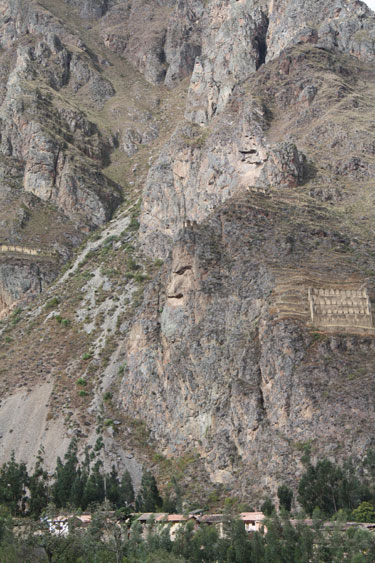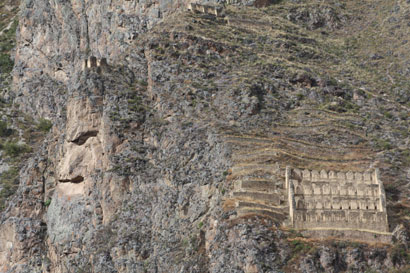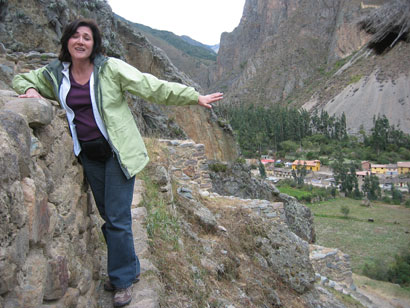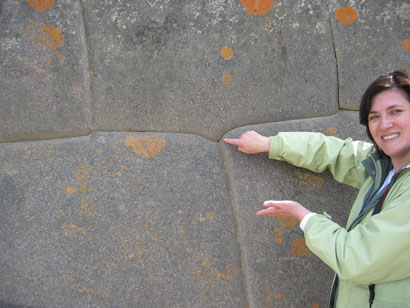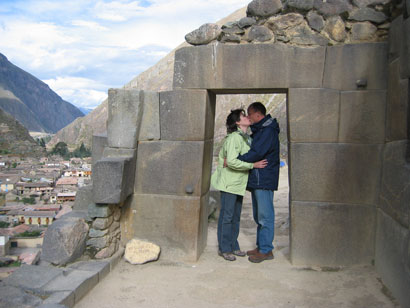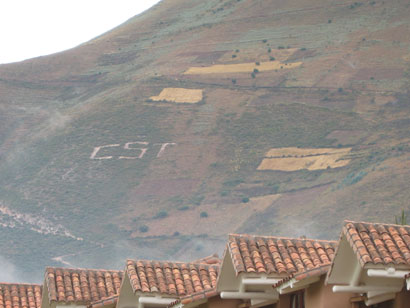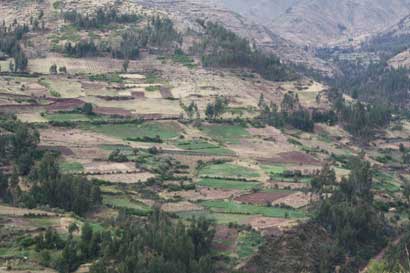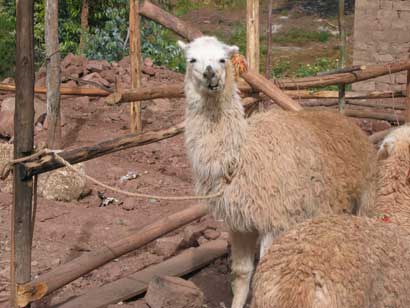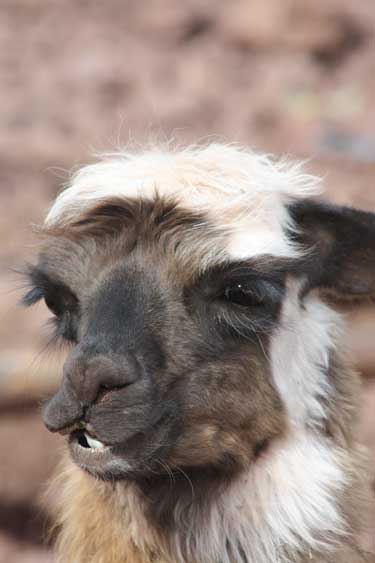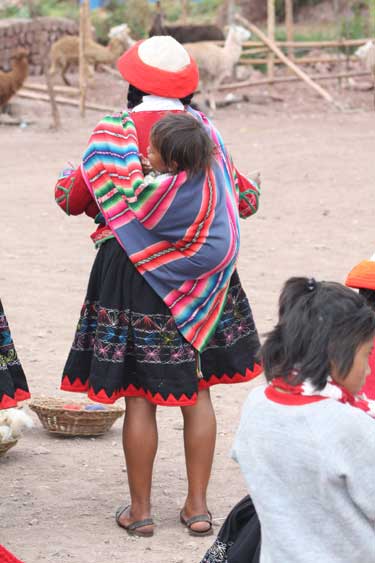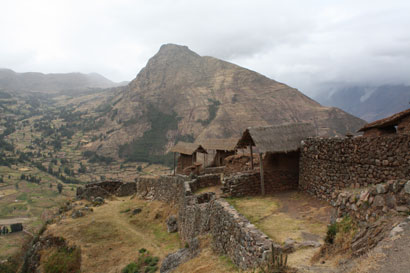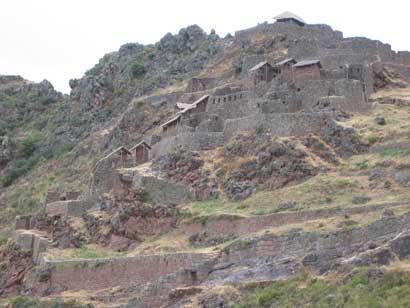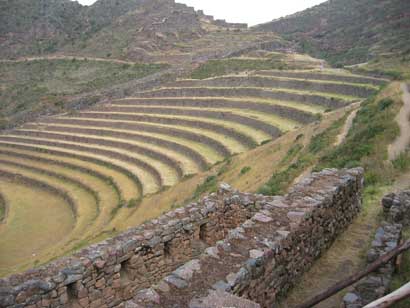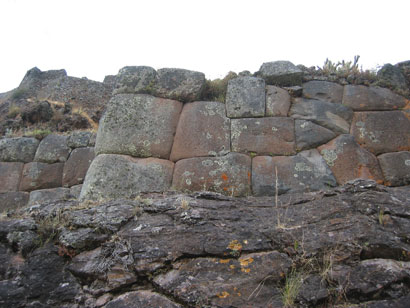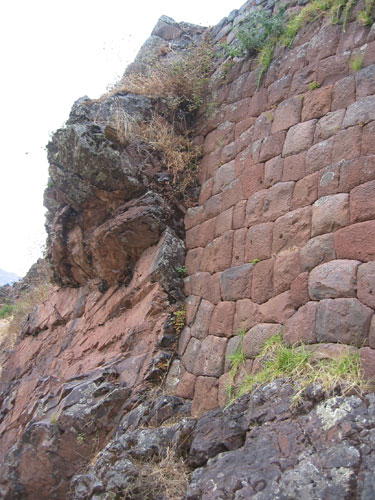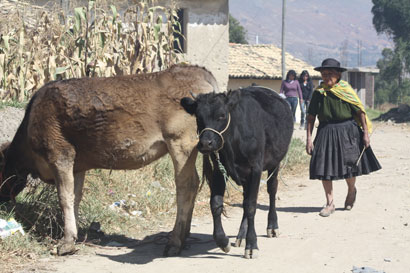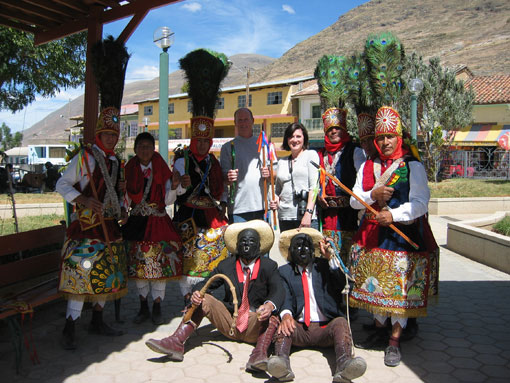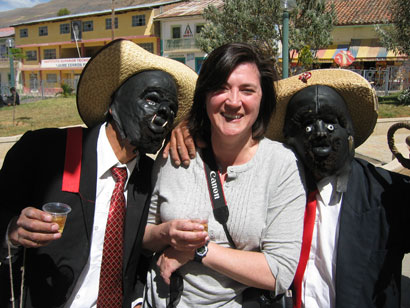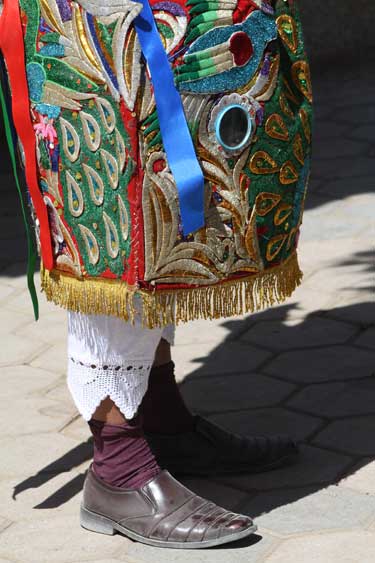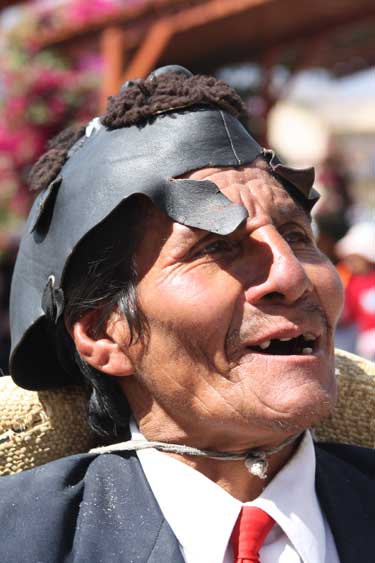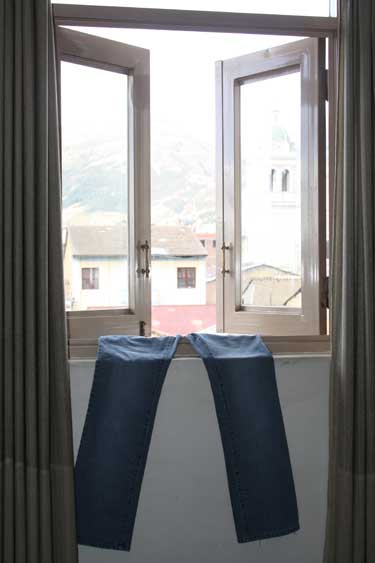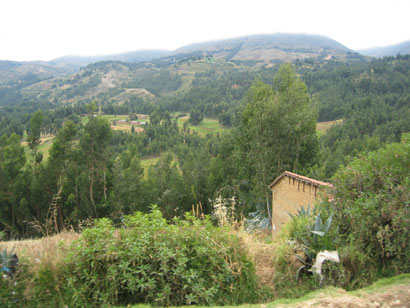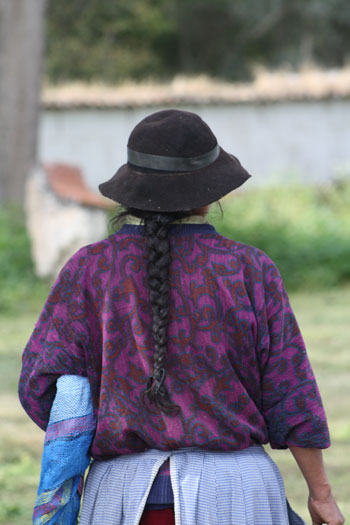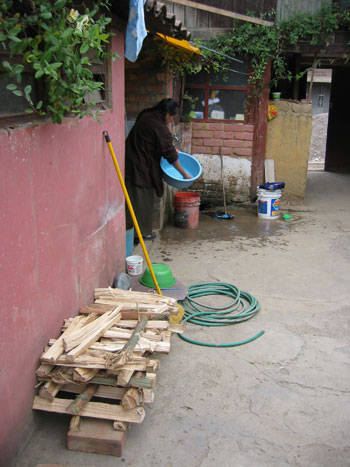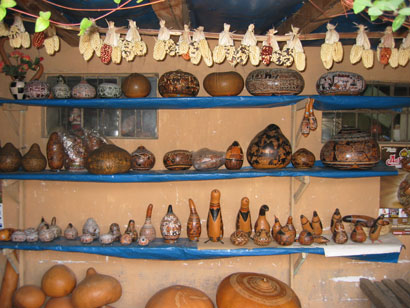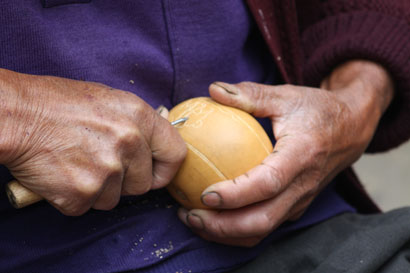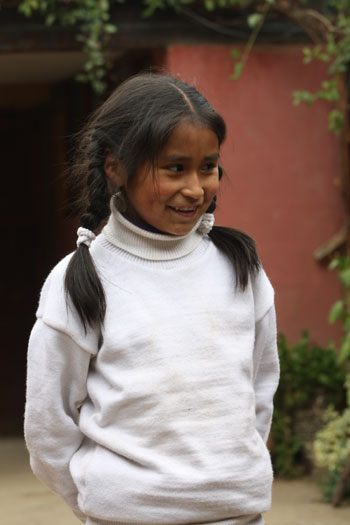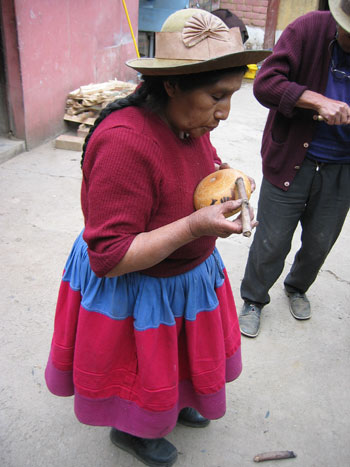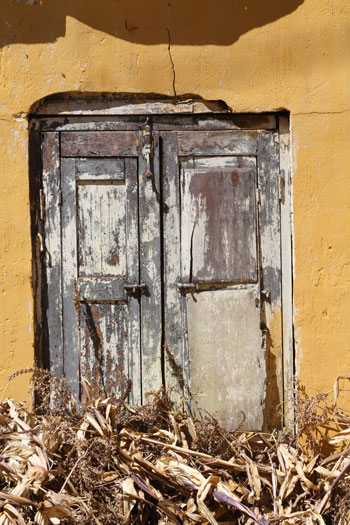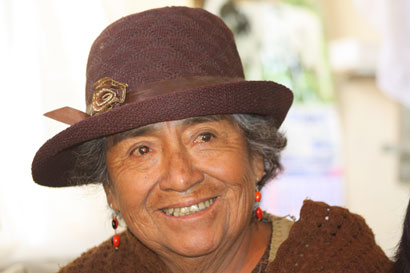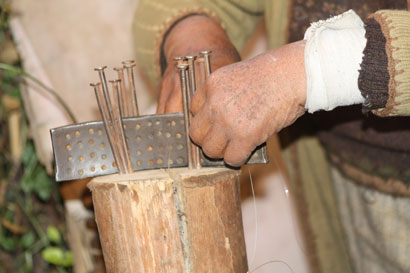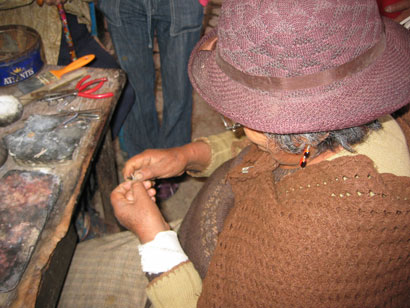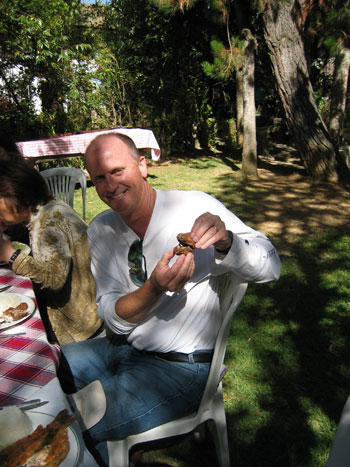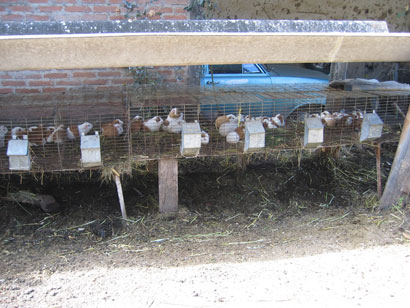I’ve struggled with bouts of insomnia since my early twenties while I was at university. It’s not unusual in my family. Two sisters and my mom suffer from it. I think my grandmother suffered, too. After awhile, you get used to it. I learned over the years that my insomnia is usually hormone-related. And now that I’m, um, approaching a certain stage in life, it’s getting worse. Whereas before I could generally predict when I’d have insomnia, now it’s a bit trickier.
In the spring, I mentioned my lack of sleep to my M.D. He gave me a prescription that, quite against his intentions, made me stay awake even more than normal—I just felt this weird brain buzz while I was awake. So I went on my merry (sometimes not-so-merry) sleep deprived way, bought a face mask for my trip to Peru with My Liege and ordered some most excellent ear plugs off the Internet (sometimes the dh, um, mildly snores). In Peru I was so exhausted from hiking and jet lag that I didn’t have much trouble sleeping, but when I came home the problem began again. I went back to my doctor. He prescribed something different. I asked if I could take just half a pill instead of a full one if I wanted. He said, “By all means.” My idea was to take as little of the sleeping aid as possible.
So I tried out the new pill. Half a pill. It worked well! No staying awake all night with a weird brain buzz. Now, some nights, I take a whole pill, other nights half a pill, other nights no pill at all. But I’ve discovered I simply can not do without the ear plugs. I’m such a light sleeper that I need “de-sensitization,” is the only way I can describe it. The sleep mask can also help in this regard, especially when the moon is shining through the blinds or it’s a time of year when the sun rises far too early (my dh always rises far too early—5:30 a.m. is a late start for him).
So, Sunday night I went to see Eat, Pray, Love with Claudia, her mom and sister, and a bunch of other women. Enjoyed the movie immensely. Although I thought the Julia Roberts character was a little slow in learning her lessons. I guess you could say I’m not much of a searcher, so I lose patience with searchers. When I came home, I was nicely worn out and thinking about dropping off at 9:30. Then My Liege retired early, and I got suckered into watching my recordings of Mad Men and Rubicon. I knew then I might be in trouble. If I’m tired at 9:30 p.m., the worst thing I can do is not listen to my body but instead watch TV until 11:45 p.m. But I couldn’t resist Mad Men, and so I set myself up for a bad sleep night.
I figured, hormonally, it was a night for an entire sleeping pill. So I got ready for bed, put in my ear plugs, and swallowed that little white capsule of mercy. And did not sleep a wink. Then I realized it was an ear plugs + entire pill + sleep mask night. But I could not find my sleep mask! My Liege was snoring softly beside me at this point. He’s a very deep sleeper. It’s not wise to wake him up, because he might mistake you for a Great War sniper and strangle you. I keep my sleep mask with my ear plugs in the top drawer of my night stand, which also holds the “top level” of my To Be Read pile. So there I am rummaging about in the drawer, getting up and going to the en suite in case I’d left the sleep mask in there, stressing about taking another 1/2 a pill to make up for lack of sleep mask, and realizing TV + my hormones = dangerous mix. I did succumb to another 1/2 pill, which I’ve never done before. But I was getting desperate! I hate taking “extra,” because then all I can think of until I fall asleep is Michael Jackson and his “milk” or Heath Ledger. You know how these things go. The pills weren’t working, which meant I NEEDED MY DAMN SLEEP MASK. I NEEDED MY DAMN SLEEP MASK NOW!!!
I realized I must have knocked the sleep mask off my head and under the bed the last time I used it. But I rummaged through the holes in our headboard to the floor beneath the bed and could not find the mask! I rummaged, all in the dead of dark, in my night stand drawer, took out every pair in my huge collection of ear plugs and placed them on the floor, took out all the books in the night stand and placed THEM on the floor—all to no avail. Meanwhile, My Liege continued snoring softly, oblivious.
At this point, I realized I had no choice. I had to find a flashlight. So I crept into the kitchen, found my tiny flashlight, realized the kids had left the lights on in the basement and didn’t lock the door, which had come partway open, leaving us vulnerable to thieves and killer bees (see? there was a reason for my insomnia!), so I closed and locked it. Checked the mini-flashlight to make sure it worked, flashed on the beam, then covered it with my hand while I crept back into the bedroom. I would not wake My Liege! Not I!
I did not trip on the ear plug collection, crafty of the tiptoeing was I. I got on my knees and shone the beam under the bed. THERE IT WAS! My sleep mask. Of course, in the middle of the floor thankfully against the wall beneath the king-sized bed. I could not believe that I was rummaging around like this with a flashlight and still my husband slept soundly. I could have robbed him blind (but tiptoe outside the bedroom window, and he’s up in a snap—I didn’t wake him because he trusts me implicitly, awwwww). I couldn’t reach the sleep mask by stretching under the bed, so I had to get back onto the mattress and flash the light down behind the headboard…right beside my husband. THERE IT WAS!! My sleep mask! I stretched and stretched and stretched—and then I reached it. Huge sigh of relief.
It’s only a crappy little travel sleep mask I bought on the spur of the moment for Peru. But as soon as I put it on (well, it was 2 a.m. by this point), the sleeping pills kicked in and I sacked out until 7:30 a.m., 90 minutes past my usual wake up these days.
Now it’s 8:15 p.m. Monday night, and I’ve learned my lesson. I’m posting this blog, HOPING that writing it hasn’t spun my brain into overdrive again like watching Mad Men and Rubicon did, and I’m hightailing it to bed.
Yawn.
